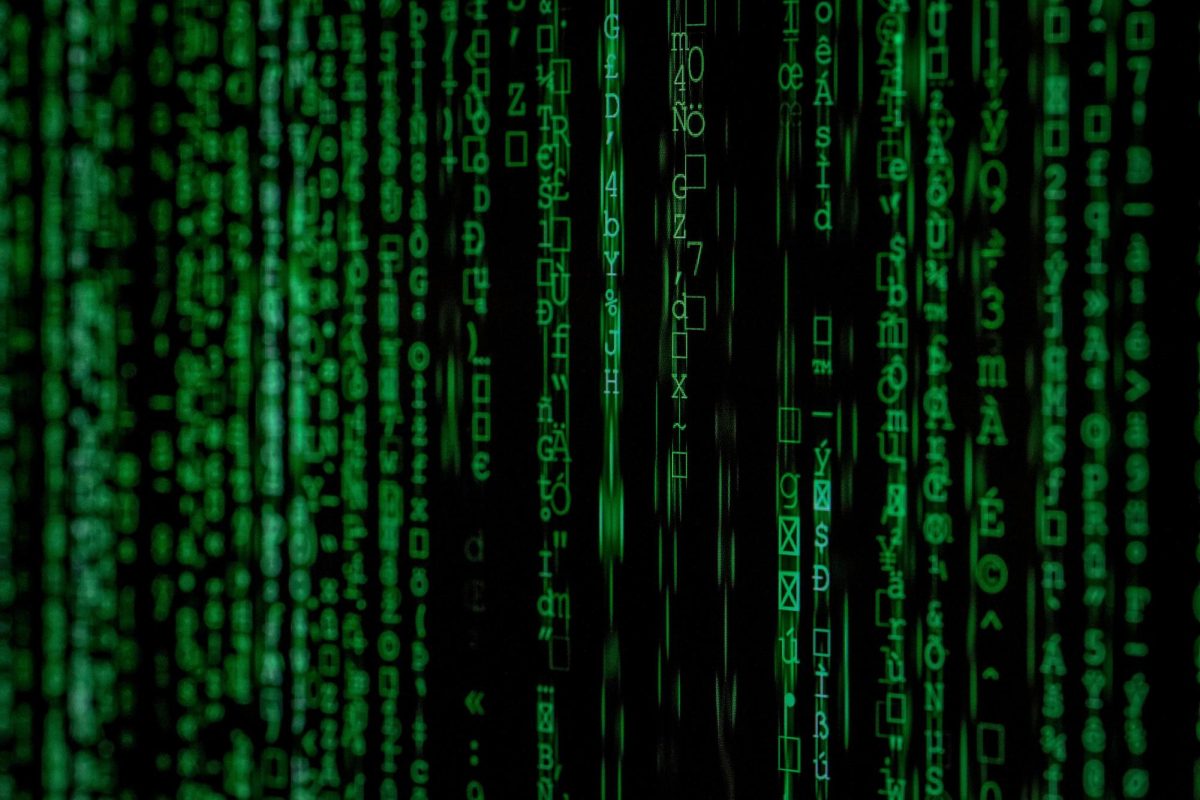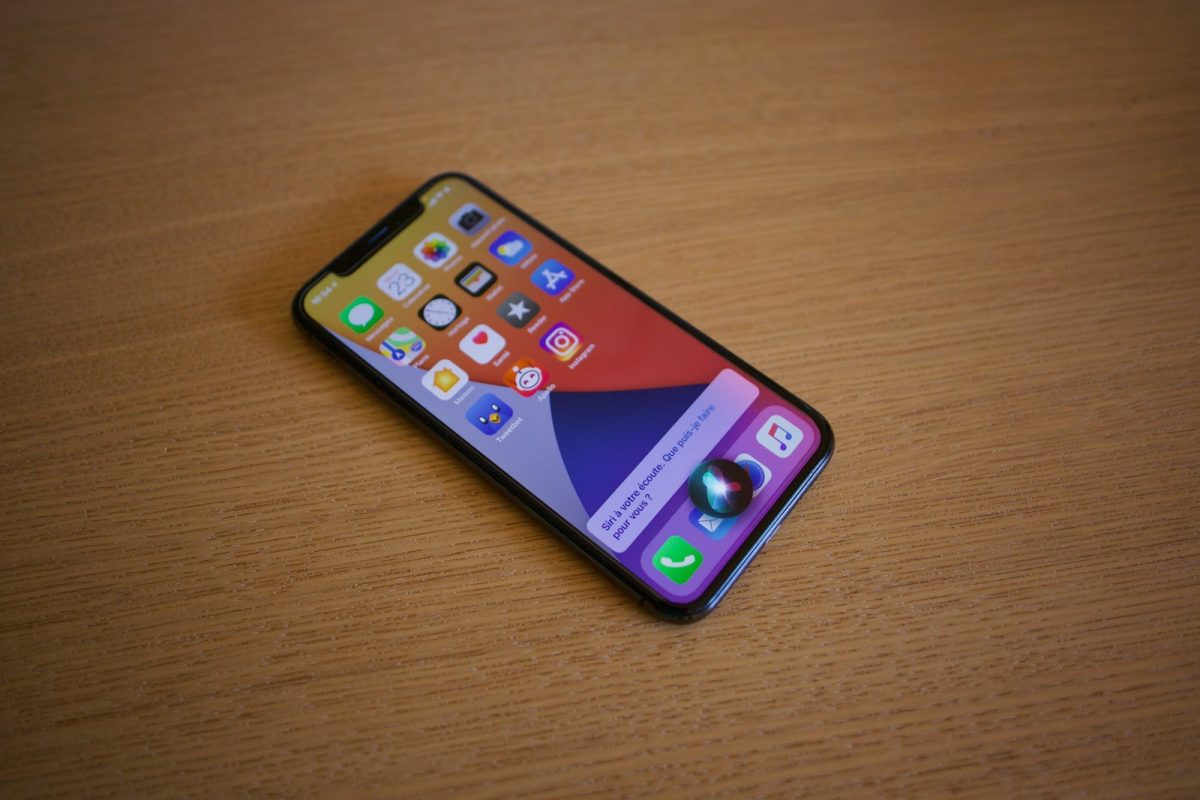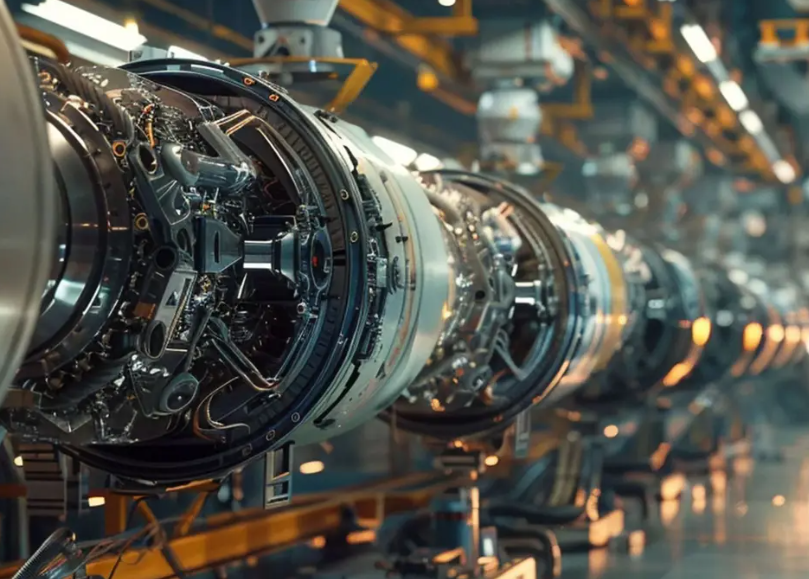Artificial Intelligence are machines that are designed to think like humans. Believe it or not, AI is a part of all our lives. Ever asked Siri something? Siri is powered by AI. Self driving cars? AI. Social Media? AI. It’s everywhere.
AI was first invented by Alan Turing in 1950, he thought that if humans could solve problems and make decisions, then why couldn’t machines? AI was first used in 1952 when Arthur Samuel developed a program to play checkers. AI has slowly been developing as the years pass by. Currently, the most modern AI is Sophia. She is one of the most famous AI powered robots in the world, released by Hanson Robotics in 2016. Sophia can do the basic properties of a human, she can walk, talk, and respond to any interaction.
So know that we have a little background info of AI, how is it a part of our lives? Well, AI is divided into two big categories, weak and strong. The weak side is designed to carry out one particular job. ChatGPT is an example of a weak AI, but it’s a more highly developed version. The strong side is designed to carry out tasks that humans can do. They are a little more complex and programmed to solve a problem without a person interfering. A self driving car is a good example, it controls the car without human interference.
AI is also divided into 4 small groups. These are reactive, limited memory, theory-of-mind, and self-aware AI. Reactive AI respond to the same situations the same way every time. An example is in chess. If someone played a move, in this example let’s use e4. If the AI is programmed to play e5 when someone plays e4, then there is no way it would play Nc3, or Bf4, because it wasn’t programmed to do so.
Limited memory AI, you can kind of guess the meaning from the name. It’s memory length is short and the amount of updating is also limited. An example is self driving cars, they analyze the road and the speeds of other cars so they know where to turn and go and sometimes they’ll “learn” from past experiences.
A theory-of-mind AI has an ability to learn from past experiences and fully-adaptive. This type of AI can pass the Turing Test, a method to see if the machine can demonstrate human intelligence. An example of this type of AI is
Self-aware AI, as stated in the name, is aware of their own existence. Though, scientists say that AI will never become fully “alive”. Creating a robot that’s self aware is hard, because they have to have consciousness and that’s a concept that’s hard to define. Professor Selmer Bringsjord at Rensselaer Polytechnic Institute of New York did an experiment with robots. He programmed three robots to think that one of them had received a dumbing pill. When he asked who received it, two of them remained silent, one of them said “I don’t know”. Realizing it could speak, it changed it’s answer to the correct one. The fact that the robot realized it could speak, shows that it has developed a degree of self awareness.
We now know that AI has 2 big groups, weak and strong, and 4 smaller groups, reactive, limited memory, theory-of-mind, and self-aware AI. AI is a part of all our lives, whether we’re asking Siri or if we’re using the GPS to drive to somewhere. Now the big question, do you think you could live without artificial intelligence?
Related Articles:
https://www.britannica.com/technology/artificial-intelligence
https://www.techtarget.com/searchenterpriseai/definition/AI-Artificial-Intelligence
https://www.linkedin.com/pulse/importance-artificial-intelligence-everyday-life-infosense-ai#:~:text=Online%20Shopping%3A%20AI%20is%20used,and%20provide%20the%20fastest%20routes.
Take Action:






